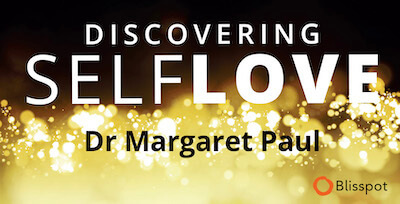Judgments can block the vital information your feelings offer you, preventing the release of stress or pain that expression of some feelings provides.
Did you grow up being taught that feeling and expressing your feelings is wrong or bad – especially your painful feelings?
I often have the experience with my clients of hearing them apologize when they start to cry. “I’m so sorry that I’m getting emotional,” they often say to me.
“It’s okay to cry,” I tell them. “Crying is a natural way of expressing feelings and releasing pain.” When they are trying to be very quiet about it, I often say, “It’s okay to cry out loud and allow yourself to make noise.”
It is not just crying that many people judge…
Do you judge your anger, jealousy, emptiness, anxiety, depression, guilt, shame, fear, loneliness, sadness, heartbreak, grief, or even your passion or excitement? Do you believe that you are supposed to stay on an even keel, and that having or expressing feelings indicates that you are not okay or that you are being too vulnerable?
Our wounded self came into being to protect us from feelings that we could not manage – the big core painful feelings of loneliness, heartbreak, helplessness concerning others and events, and grief. One of the ways our wounded self may have learned to protect us is to judge our feelings as bad or wrong. Your wounded self might be telling you that feeling your feelings makes you too vulnerable to being hurt or controlled by others. You might have heard, “Don’t wear your heart on you sleeve.”
I learned early to put a lid on my feelings…
As a young child, I was ignored when I cried, and told to “calm down” when I was excited. My narcissistic mother didn’t want me getting any attention from my father for my feelings because she wanted all the attention. It was okay for her to cry or be angry, but not for me. My father, at a very young age, had shut down being emotionally expressive. Other than sudden anger, he was rarely demonstrative with his feelings, so he was not a role model for expressing feelings.
Through years of therapy, I finally learned to express some of my feelings, but it wasn’t until Spirit brought us Inner Bonding that I finally understood that my feelings were not only my inner guidance, but were the natural way to release pain and stress.
Not only were they not bad, or wrong – all of them were offering me vital information. They were:
- Letting me know whether I was being loving or unloving to myself
- Letting me know whether others were being loving or unloving to me
- Letting me know whether a situation was right or wrong for me
- Offering me release of pain.
You cannot receive the incredible guidance and release your feelings are giving you, when you allow your wounded self to judge your feelings.
- Instead of judging yourself for feeling angry, look inside to discover why your inner child is angry at you – at how you are not taking loving care of yourself. Do an Inner Bonding Anger Process to release the feelings and open the door to learning.
- Instead of judging your jealousy, explore what you are telling yourself that is causing you to feel insecure. Explore your false beliefs about your worth and lovability.
- Instead of judging yourself for crying, embrace your sadness or feeling moved – with gratitude, compassion, and an intent to learn – allowing yourself the release that tears bring.
- Instead of judging your anxiety or depression and trying to get rid of these feelings, open to learning about what you are telling yourself and how you are treating yourself that is causing these feelings.
- Instead of judging your emptiness and aloneness and covering up these feelings with addictions, open to learning about what you are doing that is creating your spiritual disconnection and what you would need to do to reconnect.
- Instead of judging your passion, excitement, intensity, or joy for fear of rejection, embrace these feelings as indications that you are taking loving care of yourself, and lovingly disengage from others if they are threatened by your expression of your joy.
All feelings are informational, and their natural expression through tears, laughter, and excitement releases unwanted stress from your body. Rather than “acting out” your feelings, or repressing them, take the judgment off of them, opening to the invaluable information they have for you, and to nature’s way of releasing stress and pain.








